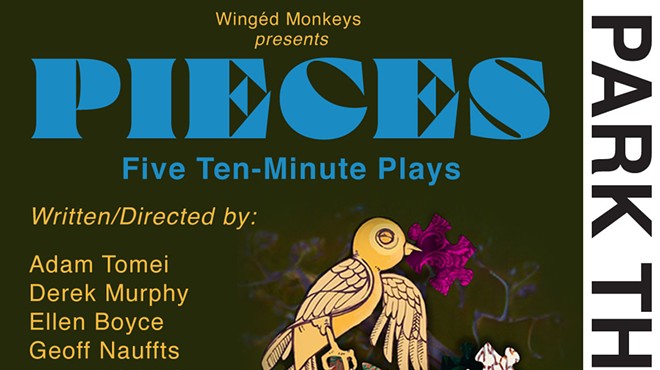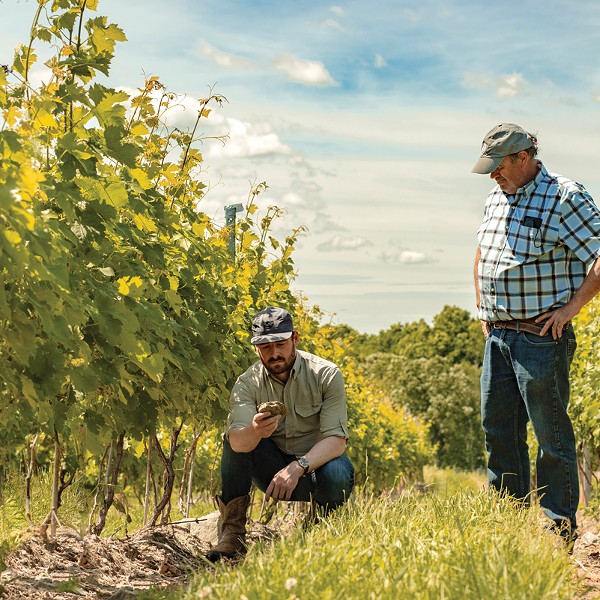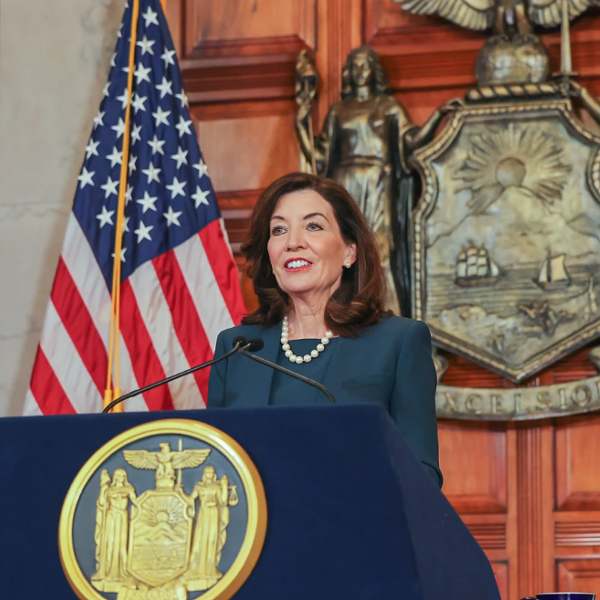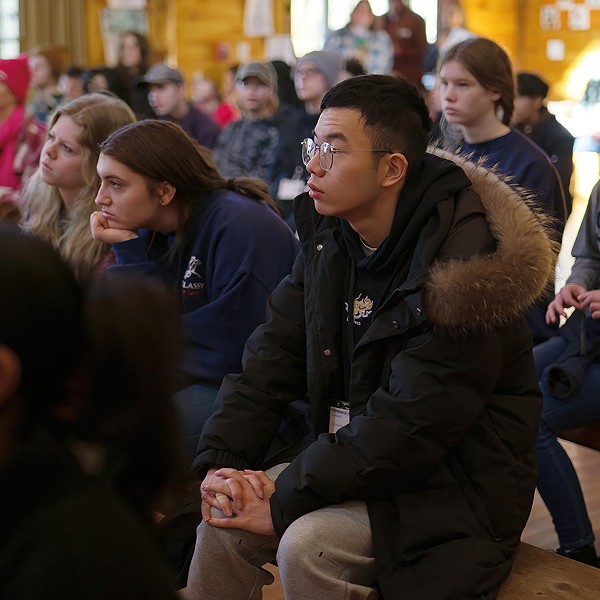On March 9, New York released the criteria for who is a “disadvantaged community” and must benefit from a goal of 40 percent of state climate spending. This means that as the state works to reach economy-wide net-zero emissions by 2050, it must direct funds to reduce pollution and provide economic opportunity to those who need it most.
Disadvantaged communities are identified in New York State by evaluating 45 indicators, including environmental burdens and climate risks. Socioeconomic factors, including race, will be a criteria along with age, income, and health vulnerability. This is after the Biden administration came under fire from environmental justice advocates for not including race as a factor for federal climate investments.
The New York State criteria were developed by 13 representatives from organizations working in frontline environmental justice communities across the state, or the Climate Justice Working Group. This means that, unlike other state and federal mapping tools, New York’s criteria were developed by and for frontline communities, with support from technical experts from multiple state agencies. Anyone can use the searchable map to see where the state’s disadvantaged communities are.
All of this happened because in 2019, powered by grassroots advocates, New York adopted one of the nation’s most ambitious and most just climate laws. It set the 40 percent goal and required that the criteria for disadvantaged communities be developed by frontline leaders. If this sounds somewhat familiar, it might be because the Biden Administrations “Justice40” environmental justice initiative was based on New York’s 2019 climate law.
Meanwhile, also pursuant to the 2019 law, the state’s Climate Action Council released the state Scoping Plan, or New York’s pathway to reach its climate goals. Both the Scoping Plan and the disadvantaged communities criteria are not final until after public comment periods that are now underway. Everyone is encouraged to weigh in. This is important because entrenched fossil fuel interests and their supporters are lobbying at the Climate Action Council and throughout the state for investments in false solutions in order to maintain their dirty energy infrastructure. And of course, we need both state spending (like the $15 billion being demanded by the NY Renews coalition) and federal commitments (like are in the Build Back Better Act) to make this happen.
We can, however, take a moment to celebrate the release of the nation’s leading criteria for disadvantaged communities as developed by frontline leaders.
The River is a nonpartisan news organization, and the opinions of columnists and editorial writers do not necessarily reflect the opinions of the newsroom.

















